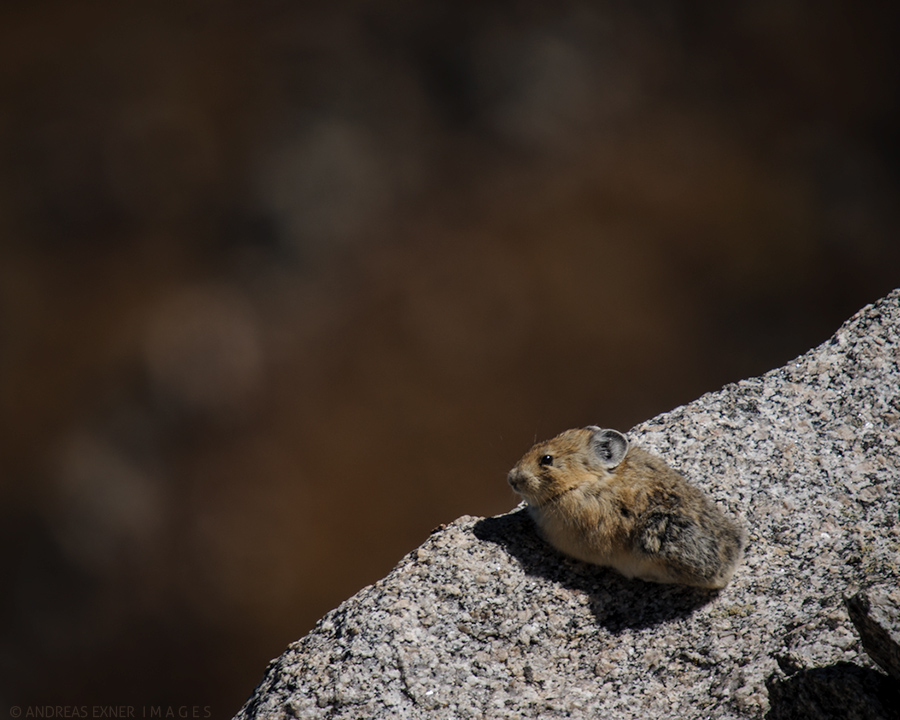
From South Mineral Campground near Silverton leads a wonderful trail up to Ice Lake at an altitude of 3736m (12,257 ft). We chose a mostly cloudy day for this hike, which was good for hiking and photography. No dealing with harsh light and hot sun!

We were told by the very nice campsite hosts that the lake had a wonderful and intensive color and we were not disappointed, despite the gray overcast. Although it was already late in the season we also found many alpine wildflowers up on the tundra.



